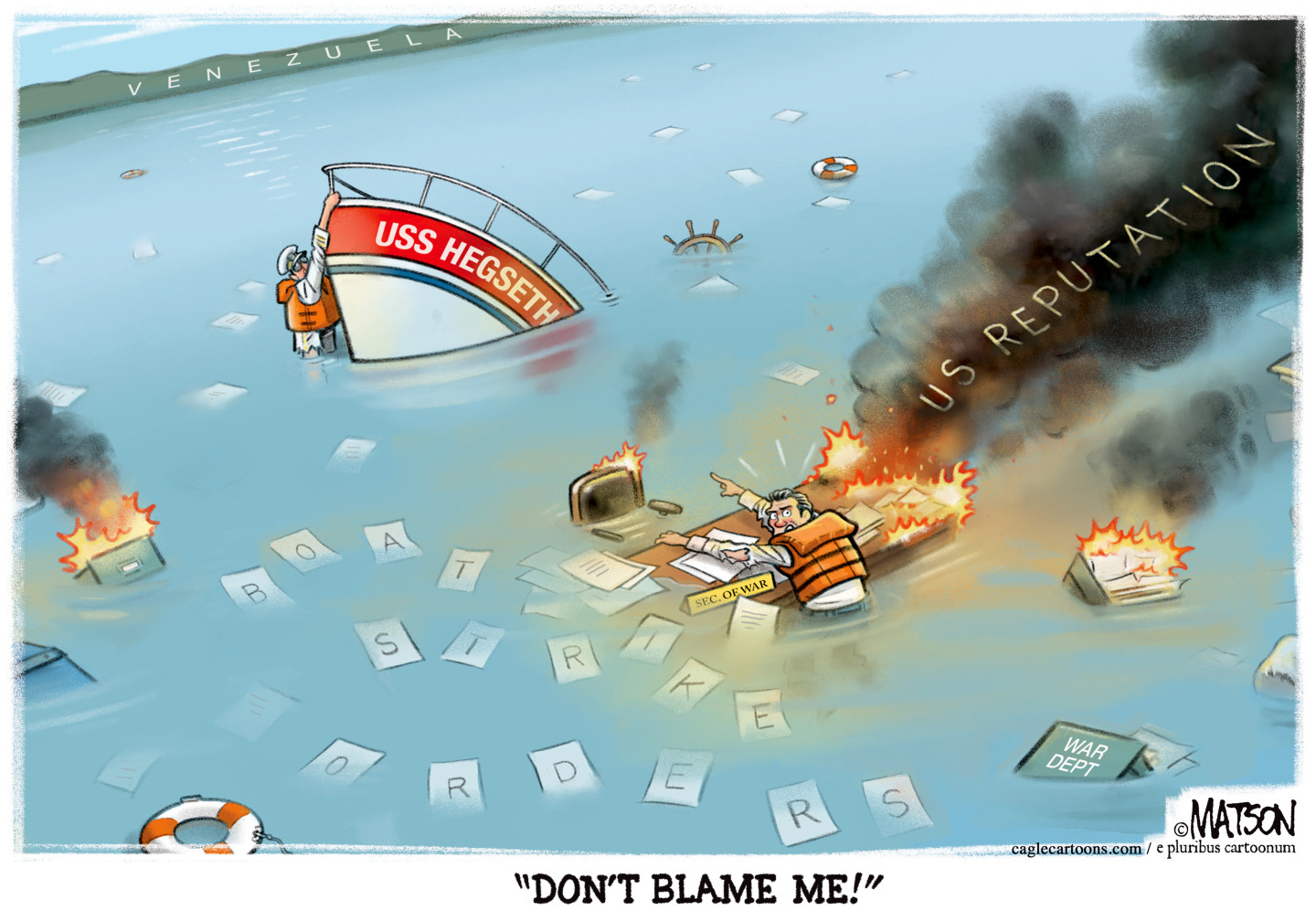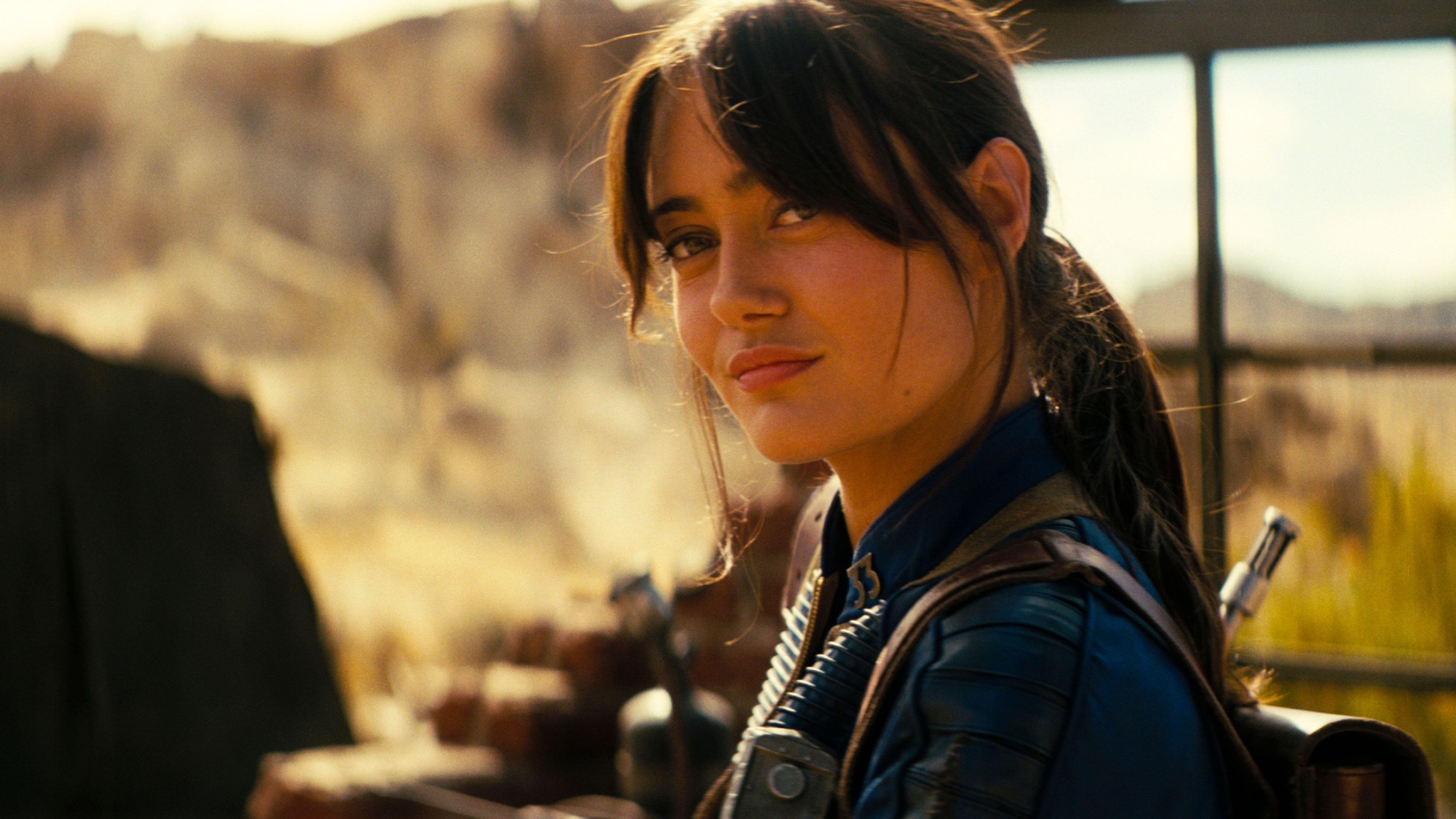Henri Cartier-Bresson: The Modern Century
The retrospective at the Museum of Modern Art in New York is the first ever dedicated to the artist, who died in 2004.
Museum of Modern Art, New York
Through June 28
“Rarely has the phrase ‘man of the world’ been more aptly applied” than in reference to Henri Cartier-Bresson, said Holland Cotter in The New York Times. From the 1930s to the 1970s, the pioneering French photojournalist was “compulsively on the move.” He photographed Germany at the end of World War II, “the end of the British Raj” in India, and China during the Communist revolution. “In addition to being exhaustively mobile, he was widely connected.” His social circle included both artists and aristocrats, and as a portraitist “he created classic likenesses” of Henri Matisse, Jacqueline Kennedy, T.S. Eliot, and many others. The new retrospective at the Museum of Modern Art—the first ever dedicated to the artist, who died in 2004—includes nearly 300 photographs. Still, it’s “not anywhere near large enough” to capture his entire range.
The Week
Escape your echo chamber. Get the facts behind the news, plus analysis from multiple perspectives.

Sign up for The Week's Free Newsletters
From our morning news briefing to a weekly Good News Newsletter, get the best of The Week delivered directly to your inbox.
From our morning news briefing to a weekly Good News Newsletter, get the best of The Week delivered directly to your inbox.
Indeed, many of Cartier-Bresson’s most memorable pictures aren’t of well-known figures but of ordinary people going about their lives, said John Zeaman in the Bergen County, N.J., Record. Though his itinerary was driven by current events, the photographer was drawn “to places and scenes that resisted the tug of the modern world.” Various images here capture such timeless scenes as Portuguese fishermen working their nets, Greek women perching on ladders to pick fruit, even “a trio of Mongolian wrestlers against a backdrop of sweeping desert mountains.” Cartier-Bresson never approached a new place with condescension, said Christopher Turner in the London Sunday Telegraph. He valued the traditional cultures of Africa and Asia, just as he did that of his own beloved France. “In a rapidly changing world, Cartier-Bresson was a kind of salvage ethnographer, recording life as it was dissolved by modernity.”
Most of all, Cartier-Bresson was a “master of what he called ‘the decisive moment,’” said Sean O’Hagan in the London Observer. What he meant by this was an actual scene “of intense dramatic intimacy,” noticed and preserved by the photographer. New York City, 1946, for instance, shows a mother reuniting with her soldier son after World War II. On a crowded pier, the two quietly meet, while elsewhere in the frame a man “looks suspiciously at the camera,” and a child gazes off into the distance. “So teeming with life and drama that it could form the basis of an epic film or novel,” such an image transcends both art and journalism to be something more important than either one.
A free daily email with the biggest news stories of the day – and the best features from TheWeek.com
-
 5 criminally underrated cartoons about Pete Hegseth’s war crime
5 criminally underrated cartoons about Pete Hegseth’s war crimeCartoon Artists take on USS Hegseth, rats leaving the sinking ship, and more
-
 Can Mike Johnson keep his job?
Can Mike Johnson keep his job?Today's Big Question GOP women come after the House leader
-
 A postapocalyptic trip to Sin City, a peek inside Taylor Swift’s “Eras” tour, and an explicit hockey romance in December TV
A postapocalyptic trip to Sin City, a peek inside Taylor Swift’s “Eras” tour, and an explicit hockey romance in December TVthe week recommends This month’s new television releases include ‘Fallout,’ ‘Taylor Swift: The End Of An Era’ and ‘Heated Rivalry’